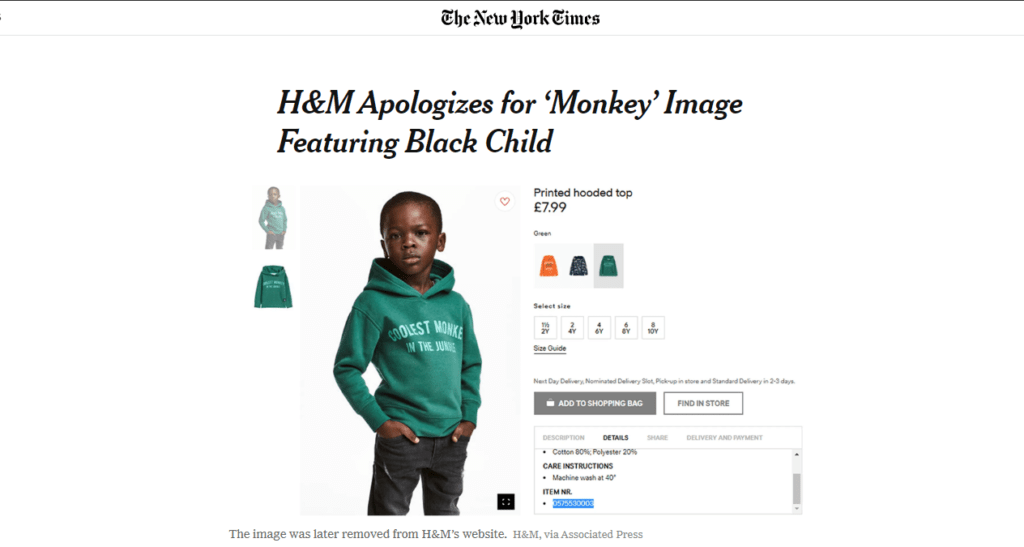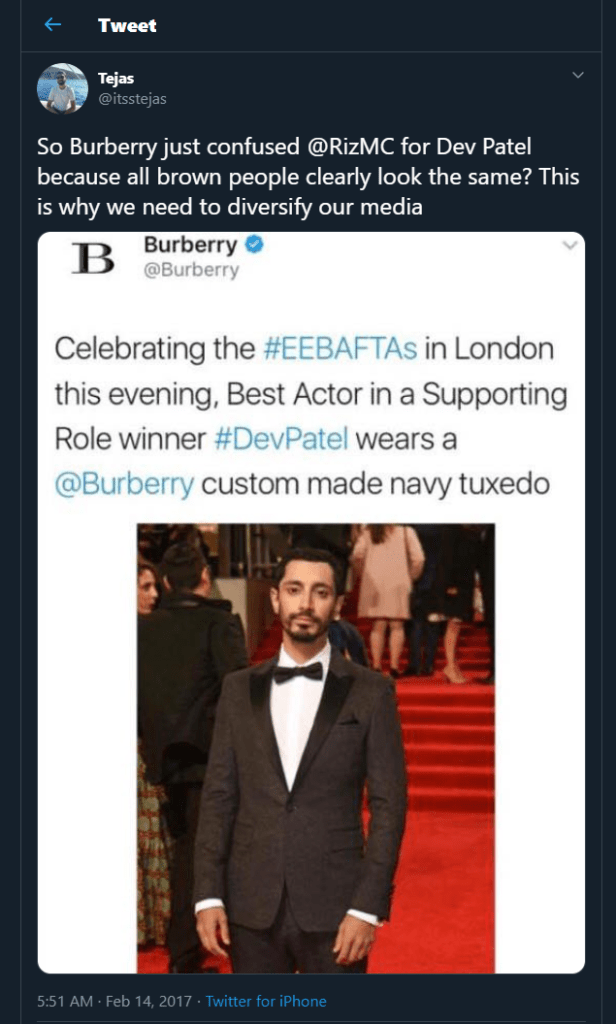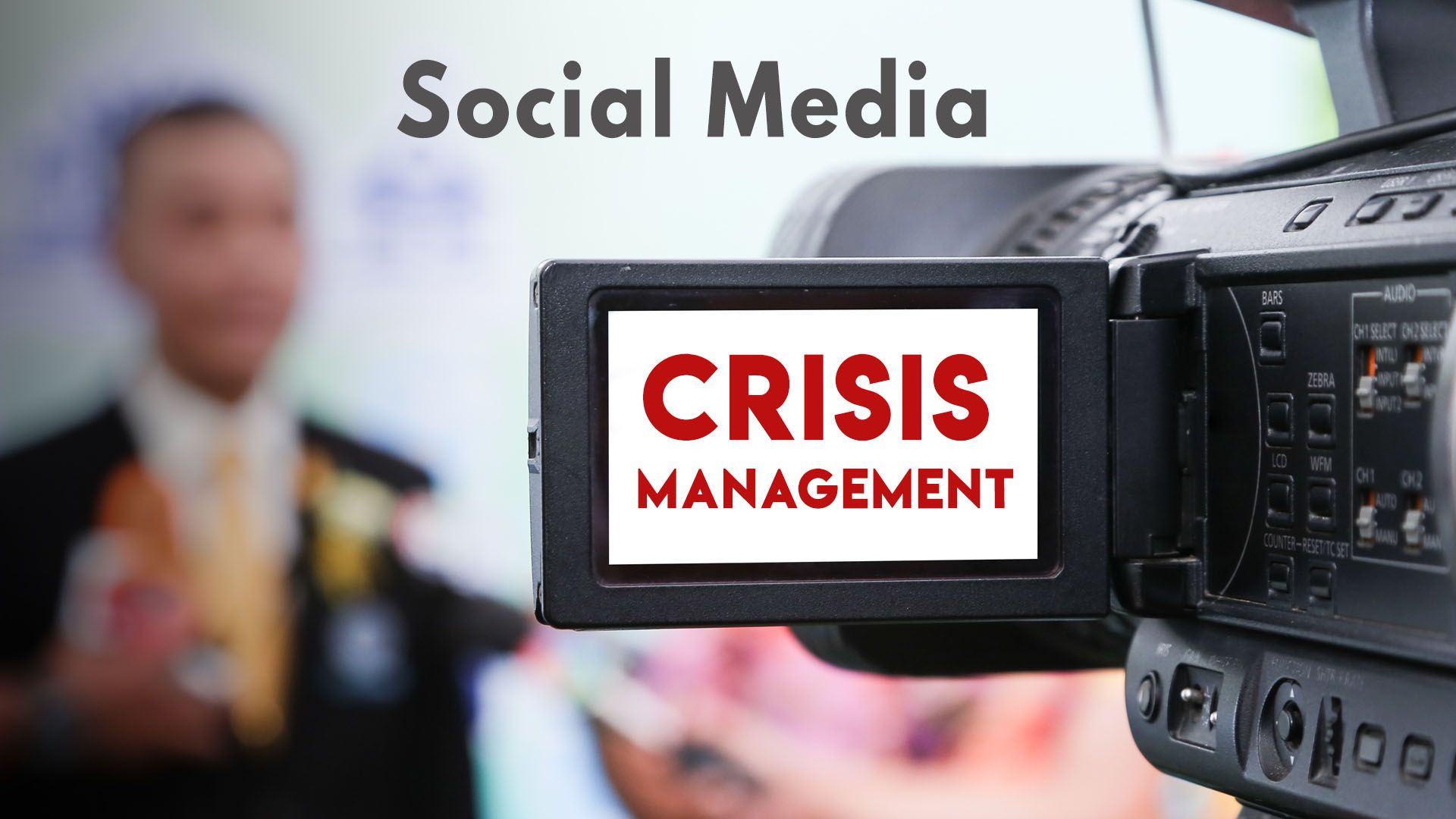Having a Public Relations(PR) crisis is one of the worst nightmares for a firm. The worst PR disasters are ones that catch on to the feeds of social media and spread like wildfires. These fires can raze down a corporation to the ground. Here we discuss some of the best and worst Social Media Crisis Examples and how we can deal with them.
What is a social media crisis?
The Institute for PR defines a PR crisis as “a significant threat to operations that can have negative consequences if not handled properly. In crisis management, the threat is the potential damage a crisis can inflict on an organization, its stakeholders, and an industry.”
Specifically, when we talk about Social Media Crisis, we refer to the threats to a firm’s operations due to a public outcry on social media platforms such as Facebook and Twitter. You can check out the best courses on social media in our other article.
What are the negative consequences?
We have shown that these crises are akin to wildfires. Not managing such crises is dangerous. Also, mismanagement could be equally harmful. At the very least a PR crisis will malign a firm’s image. Above all, here are some of the negative consequences:
- Loss of customers
- Loss of revenue
- Damage to the brand image
- Firm’s reputation loss
Dealing with Social Media Crisis
All crises have some similarities. A methodical approach to crisis management helps a firm. Firstly, it can dampen the impact of crises. Secondly, it will ensure the firm is resilient against unknown PR threats. Thirdly, the firm can leverage the worst situation to its advantage and gain positively.
One of the best ways to deal of Social Media Crises is to develop a crisis management strategy with social media at its core.
How to manage social media crisis effectively?
- Develop a social media PR team
Certainly, the pre-crisis phase is critical. You need to develop a team that is dedicated to the identification of crises. Early identification can help respond better. The social media marketing team can be trained with courses to keep them updated about crisis management. Additionally, the team must also have members from other departments like finance, strategy, legal, and information security.
- Prepare a Social Media Crisis management plan
Your team must have a crisis kit in place. Some key response messages for smaller issues. Clearly defined escalation hierarchy. Task chart for dealing with problems.
- Crisis Response
The crisis response needs to be swift, empathetic, and sincere. A lot of times, we come across pre-composed messages on social media that are shallow. These responses make the situation worse. You have to make the customers feel better. The responses must be specific and should come quickly. Other people who read the posts will also read your response. Only then they will post their reactions.
- Follow-up and Lessons
Take the social media crisis examples as learning lessons. The crisis managers should submit a repost highlighting what went wrong. This can help learn valuable lessons. These lessons can help the team in managing future crisis.
Social Media Crisis Examples: Some Badly Managed Ones
We shall discuss two badly managed crises at United Airlines. These crises lead to huge reputation damages as well as financial losses. Any mistake has the potential to ruin the company and special care must be taken to deal with it.
Another well known strategic insight could be gathered if we take a look at the cases of German auto giant Volkswagen and Japanese giant Honda. Both got shrouded in different kinds of controversies emanating from internal mistakes that had the potential for worldwide negative brand impact. While Volkswagen tried to hide the mistake and ‘reacted’ to the public outcry, Honda came upfront and owned the error in not giving enough due diligence on technology from their side and apologized. Subsequently, Honda bounced back faster and lost less trust from the owners.
United Airlines and Dave Caroll controversy
Dave Caroll a Canadian musician had a negative experience with United Airlines. While he was traveling in 2008, his guitar got damaged on account of mishandling by the UA. After this incident, he demanded the airline to offer him compensation equal to the price of his guitar which the airline denied. He then put up a series of videos online, especially on the then rapidly growing YouTube.com, eventually reaching millions of viewers. The sharing of video created a powerful negative WOM leading to a loss of around $180m in market capitalization. Additionally, the losses were much higher when we account for the loss of goodwill and brand equity along with people’s mass boycott of the airline altogether.
Second crisis at the United Airlines: Chinese Doctor
Later, in 2017, UA lost over a billion US dollars after the incident involving forceful removal of a Chinese doctor. It is well known that the airlines have a policy of overbooking and then transferring the less profitable or non-elite customers to subsequent flights.
The doctor refused to deboard when asked, and said that he had to go for a surgery. He was randomly chosen by the security staff who later physically assaulted him and forced him out of the plane. The pictures of the bloody face of the victim soon became viral worldwide and what ensued is a well-documented case of negative word of mouth.
Vincent Ferrari vs AOL’s uncancellable subscription
There are other well known cases like that of Vincent Ferrari (cancellation of AOL service, they did not cancel after 17 mins long call to request the cancellation of service). The point over here is that eWOM has major potent, especially in the form of negative word of mouth. It is much powerful in the negative state, almost like a weapons of mass destruction. While this may sound dangerous to a business but key takeaway here is that the masses are now more powerful since they are interconnected to everyone around the world in a closely networked world.
Examples of well managed SM Crisis
Getting the flak for racial insensitivity or discrimination
Sadly we still have some people in our society who don’t believe in equality of all human beings. Examples of racial discrimination or insensitive posts/ads are more common than you may imagine. However, PR team is supposed to respond to any crisis. Here we shall discuss some cases where the social media crisis happened because of such issues. We shall also discuss how companies dealt with them.
H&M social media crisis: ‘Monkey’ image

(retrieved from The New York Times, article dated Jan 8, 2018)
H&M came under heavy criticism after they listed a hoodie with a caption “Coolest monkey in the jungle.” As you can clearly see, it features a black child wearing a jacket. This image infuriated the public. Some well-known celebrities too joined the movement. Later H&M apologized publicly. They also offered an explanation.
How they dealt with this case:
- Duly accepted the problem of racism & the problem of casual racism.
- Carried out a detailed inquiry.
- They pleaded that it was accidental and not intentional.
- Apologized to all the stakeholders unequivocally.
Burberry social media crisis: confused identities

Now, can you see a pattern here? In this case, too, the company got under fire due to a confusing case of racism. They wanted to congratulate Dev Patel for winning the prize for the best supporting role. Instead, they put up the image of singer-actor Riz Ahmed. People started bashing the firm saying that they think all browns look the same. However, both of them were wearing the tuxedo from the same brand and had very similar tuxedos. Although it is not the best of the social media crisis examples, still we can learn something from them.
Some bad steps by Burberry:
- They deleted the tweet
- Reposted the congratutory tweet with Dev’s photograph
Corrective steps taken by Burberry:
- The spokesperson duly apologized
- They gave the statement: “We apologise unreservedly for the incorrectly titled pictures of Dev Patel and Riz Ahmed posted late last night”
- Further, they also apologized to both the actors separately.
- Developed checks into their social media process to avoid such mistakes from recurring.
Southwest Airlines flight 1380
In a tragic accident, a woman lost her life. The left engine failed and debris broke the window and hit her. Some other passengers also filmed the incident from their smartphones. Statistically, this airline has been safer than many others. It was the second fatality since 1970s.
However, this incident invoked fear of traveling. It lead to a decline in sales of the low-cost carrier. It should be noted that occupancy rates for the flights are critical for the survival of the low-cost airlines. Southwest needed to act quickly. Here is what they released:
Steps taken by Southwest Airlines
- Excellent service provided by the crew.
- They kept their calm and asked passengers to calm down.
- Pilots ensured safe landing as per the protocols.
- The passengers were offered assistance when they arrived in Philadelphia.
- They also offered medical and counseling support to the survivors.
- CEO Gary Kelly publicly assumed the role of spokesperson
- A statement was made to the family of passengers seeking offering support.
- All passengers offered $5000 cash + $1000 Southwest voucher.

Just desire to say your article is as amazing. The clearness for your publish is simply great and that i can suppose you’re an expert on this subject. Well with your permission allow me to clutch your feed to keep updated with imminent post. Thank you one million and please continue the rewarding work.